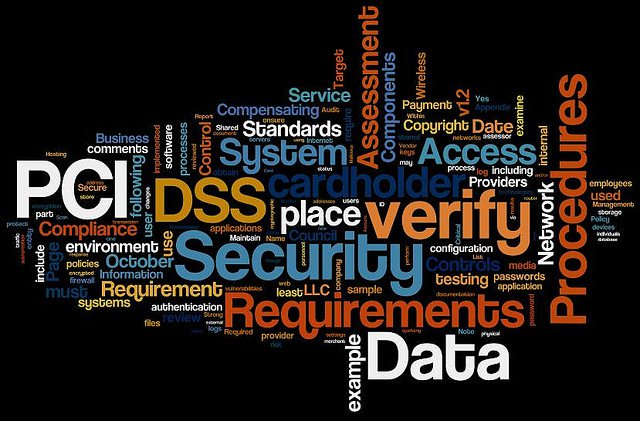
Business Intelligence: Applying Data to Strategic, Tactical Work
Business Intelligence: Applying Data to Strategic, Tactical Work

Last Updated July 7, 2014
Restaurants use it for everything from menu additions and deletions to negotiating food supplier contracts.
Professional football teams use it to select players, study possible game outcomes and guide the “total fan experience.”
Financial corporations often depend on it to help find the best customers and design offers that work.
“It” is Business Intelligence (BI), which is not just one thing, but a group of them, programs and systems that are geared to help organizations use all that raw data typically generated by their operations to drive better business decisions, cut costs and help identify new opportunities and customers.
BI is driven by data from internal systems and data warehouses, central repositories of data from disparate sources. Additionally, with the increase in outsourcing, whether manufacturing or warehousing and delivery, sometimes the data must be sourced from third-parties.
A variety of applications can fall under the BI umbrella. These include:
- Measurement programs, for business performance metrics and benchmarking of progress towards business goals.
- Analytics programs that build quantitative processes informing decision-making and assisting in business knowledge discovery. Analytics may involve data and process mining, predictive analytics and modeling, and prescriptive analytics, among others.
- Enterprise reporting, as opposed to operational reporting. These programs help build the infrastructure for reporting that supports strategic management decisions.
- Collaboration programs, geared to help different areas that are both inside and outside the business, working together through data sharing and electronic data interchange.
- Knowledge management programs, designed to identify, create, represent, distribute, and enable adoption of the insights and experiences that constitute business knowledge.
Harnessing the power of business intelligence is becoming a consistently high business priority. To increase satisfaction, leaders must champion BI as an important strategy to drive long-term business success and put measures in place to ensure alignment around goals. This opens the door for professionals with business intelligence education and skills who can meet today’s BI challenges head-on and effectively resolve them.
At a tactical level, getting accurate insights is a key challenge – which revolves around the quality of the data being used. As the basis of any business intelligence initiative, it’s imperative that businesses ensure their data stores and warehouses operate optimally to avoid developing insights from data that is flawed.
Another issue is a general lack of understanding of the components that comprise the various business processes. These include the activities involved, the way information and data flow across them and how people use this data to help them with their role in the process. For improved performance, this understanding needs to be developed before BI projects begin, an important role of the BI professional.
Done right, business intelligence does render impressive results. The City of Albuquerque, for example, saved $2 million over two years by employing business intelligence to hone in on opportunities to achieve operating efficiencies, like cell phone usage, overtime and other operations.
Business intelligence has always been a practice at some level at any smart business. At its heart, it’s all about analyzing an organization’s performance to find ways to improve, driving profitability and growth. Modern IT systems, the evolution of a digitally networked world and the resulting explosion in data have enabled BI to be performed at increasingly sophisticated and higher levels. The challenge for businesses is to discover how best to harness its power to achieve company goals.




